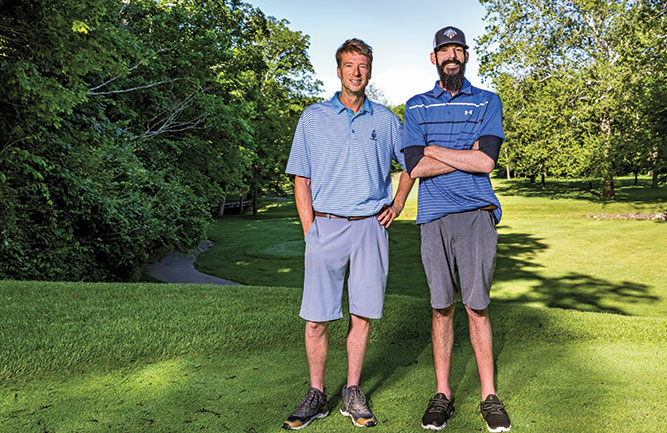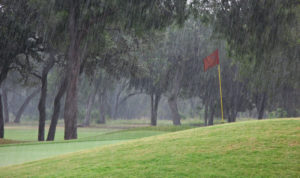Safety first and always for seasonal golf course maintenance staff
As the golf season is beginning to ramp up in the northern part of the country, and with it the hiring of seasonal staff, training of new employees is probably at the top of many of people’s lists right now. Many new seasonal staff members have little to no experience in golf course maintenance work and likely view it as a fun summer job and/or a way to play free golf. However, most of them have probably not given much thought to the inherent dangers that can come with the job.
We’re not fishing in the Bering Sea or defusing alcohol-fueled domestic disputes, but nonetheless the risk of serious injury or even death is present. New employees need to be made keenly aware of this. Operating vehicles and machinery on uneven, sloped and sometimes wet terrain, spinning blades, flying golf balls… the list of potential dangers goes on and on.
According to a 2008 United States Bureau of Labor Statistics (USBLS) report, there were 106 golf course related worker fatalities from 2001 – 2006. More recently, the year-end reports from 2011 and 2012 found 28 total fatalities in those two years combined. While this number represents a small percentage of total workplace fatalities over the same time periods, it does illustrate the fact that serious accidents can happen and that the need to always make safety a priority is of the utmost importance.
Probably not surprising to those who have been in the industry for a while, the most common cause of golf course related fatalities was equipment or vehicle accidents. Of the 106 deaths cited in the 2008 report, 33 were due to “non-highway vehicle accidents.” Of those accidents, 19 were overturned vehicle accidents with nine of the overturned vehicles being mowers and the others involving carts. Three of the nine mower incidents occurred near bodies of water and resulted in the operator drowning.
A 2011 Centers for Disease Control (CDC) report found that 1,142 grounds maintenance workers, including landscapers, tree care workers and golf course maintenance workers, were fatally injured on the job from 2003 – 2008. “Non-highway vehicle overturns,” the majority of which were riding mowers and tractors, accounted for 102 of those deaths.
These statistics not only highlight the need to educate new employees, but also the importance of reminding experienced operators to be constantly vigilant. Since most superintendents and assistants would prefer to not have a new employee with limited experience running a $50,000 rough mower, it’s probably fair to assume that at least some of these victims were experienced operators.
Both the USBLS and CDC reports also highlight the disparity in the number of Hispanic workers in golf course and grounds maintenance-related accidents compared to the number of Hispanic victims involved in all workplace fatalities, regardless of occupation.
The USBLS report states that 33 percent of all workers killed in golf course related incidents were Hispanic compared to 15 percent in all workplace fatalities. The CDC report found that 31 percent of fatal injuries to grounds maintenance workers were sustained by Hispanic employees. It is a reminder of the importance of Spanish language training materials and Spanish speaking trainers.
None of this is meant to sound alarming. We all know this job can be and is done very safely, without incident, every day. But the numbers don’t lie — accidents happen and people can be seriously injured or worse. Proper operator training and instilling a culture of “Safety First” from the most experienced operators all the way down to the new guy, can go a long way in preventing a tragedy.
Safety must be the most important priority of every employee as even a momentary lapse of attention to workplace safety can have serious and sometimes permanent consequences.
Photo: huskyte77 / Foter / Creative Commons Attribution-NoDerivs 2.0 Generic (CC BY-ND 2.0)










